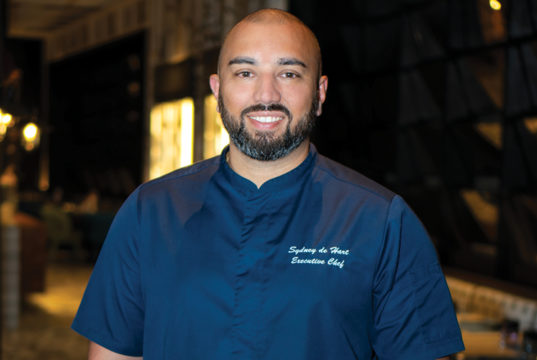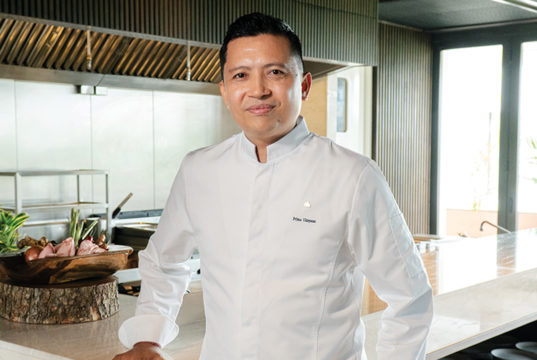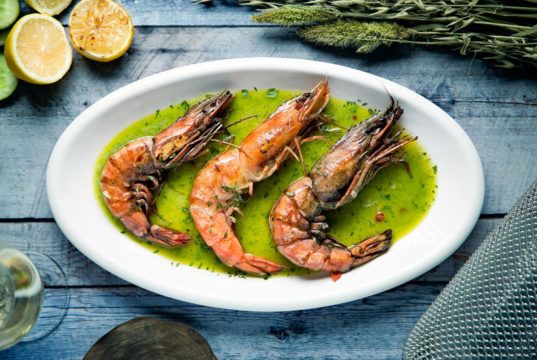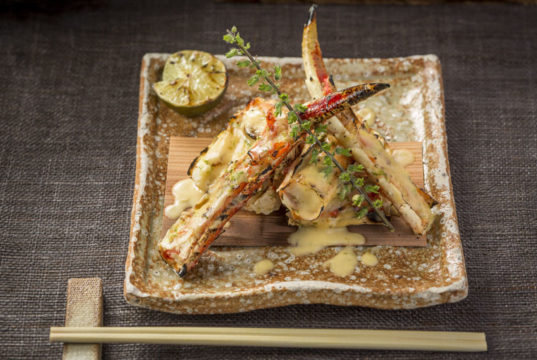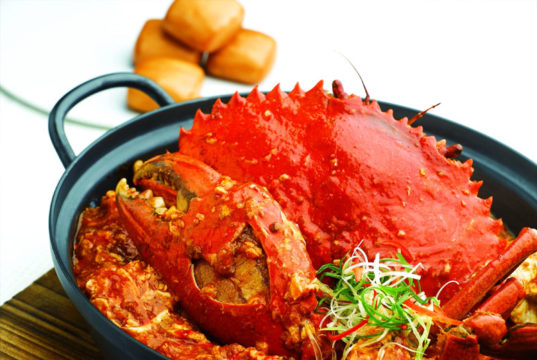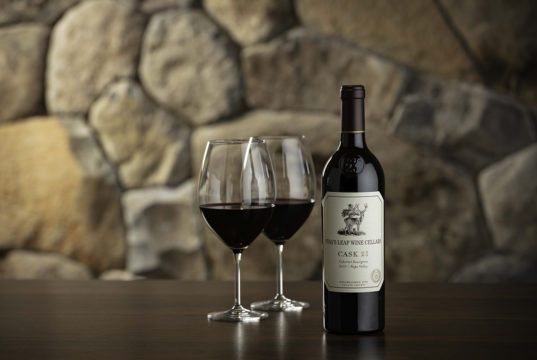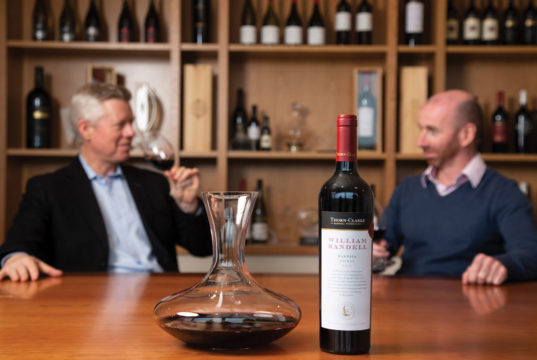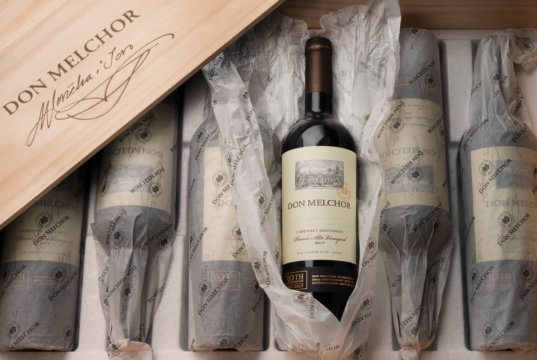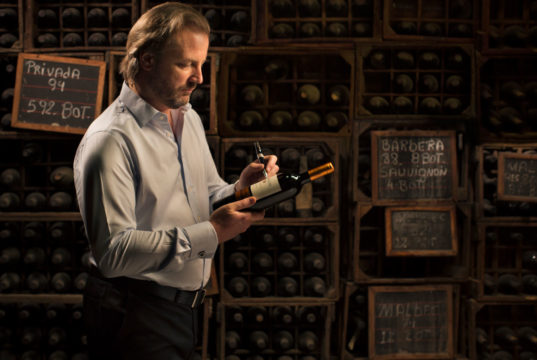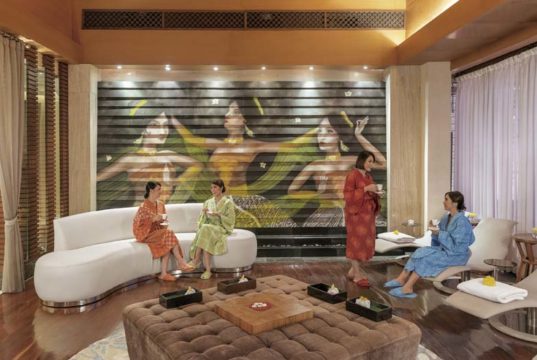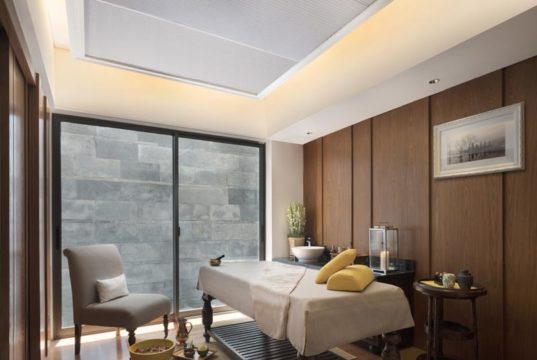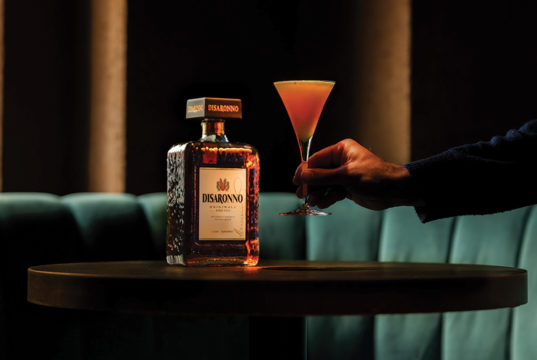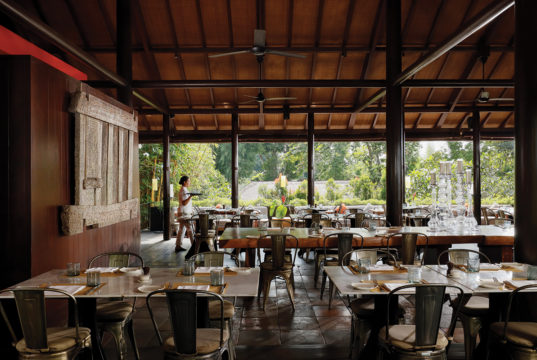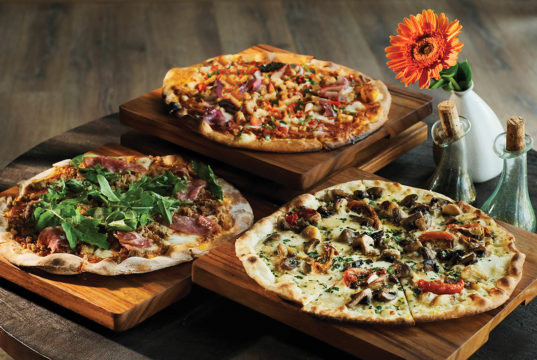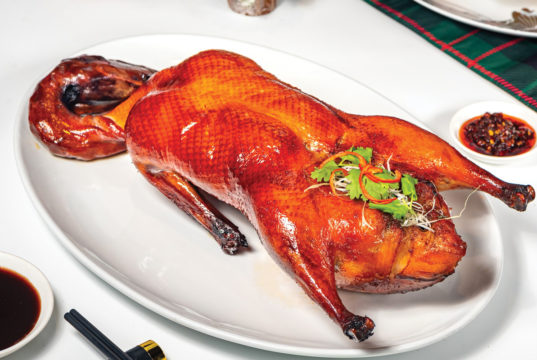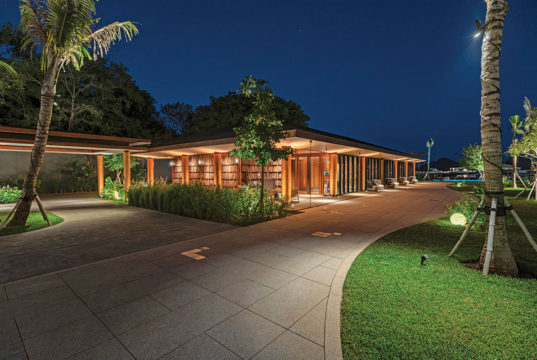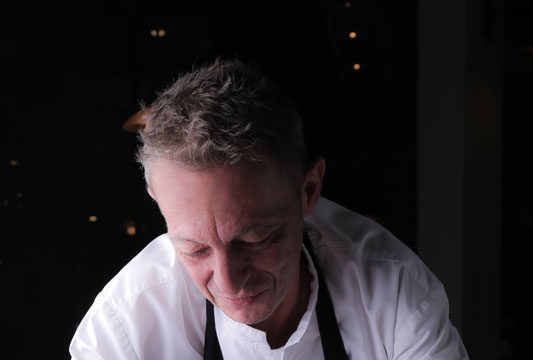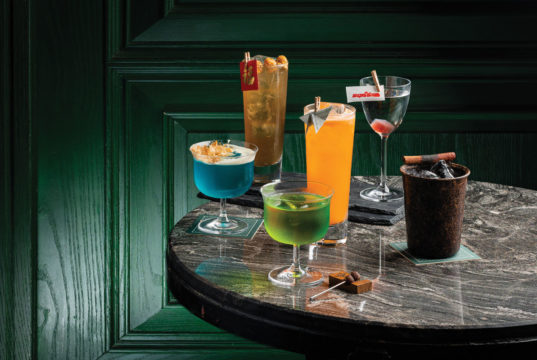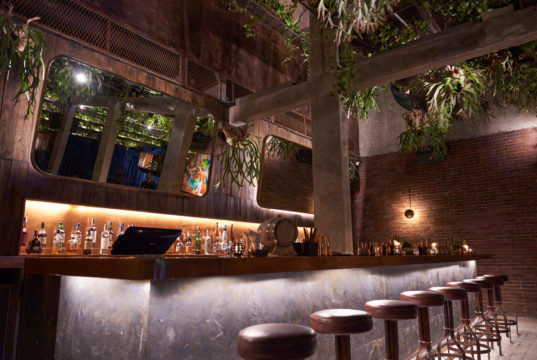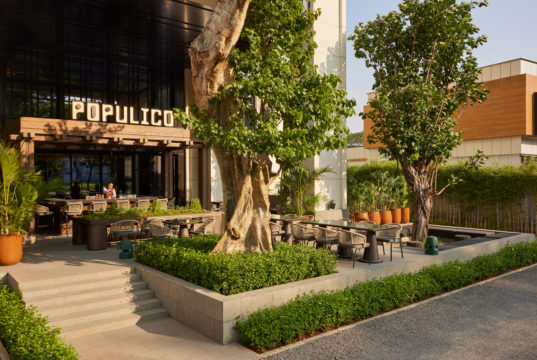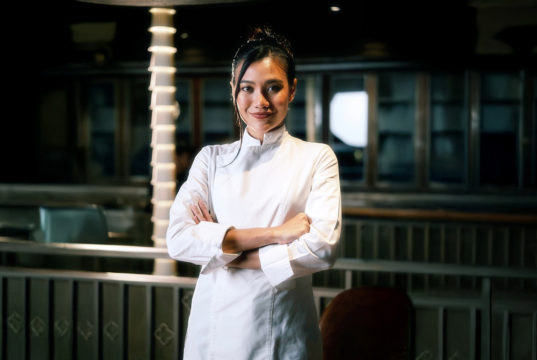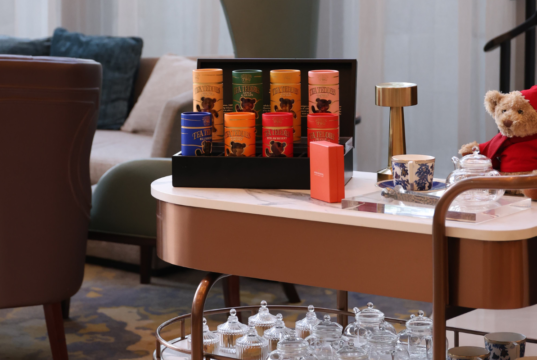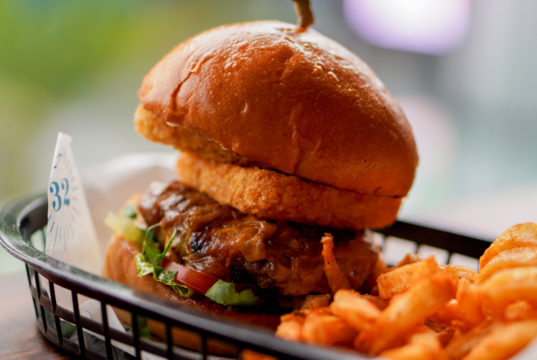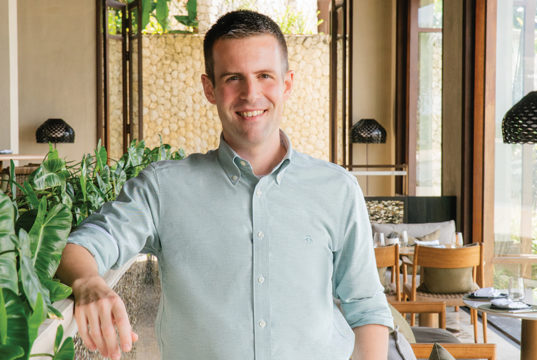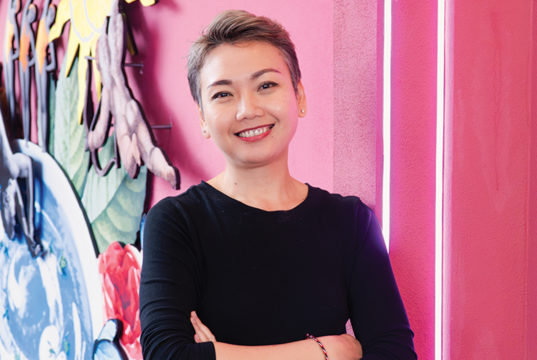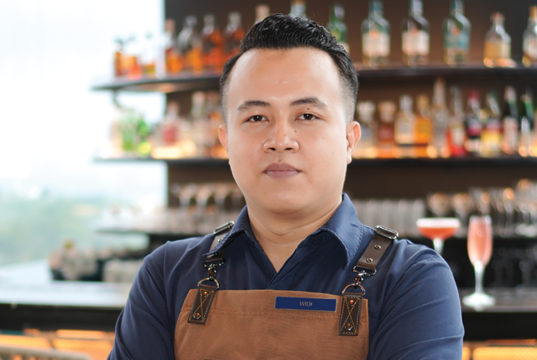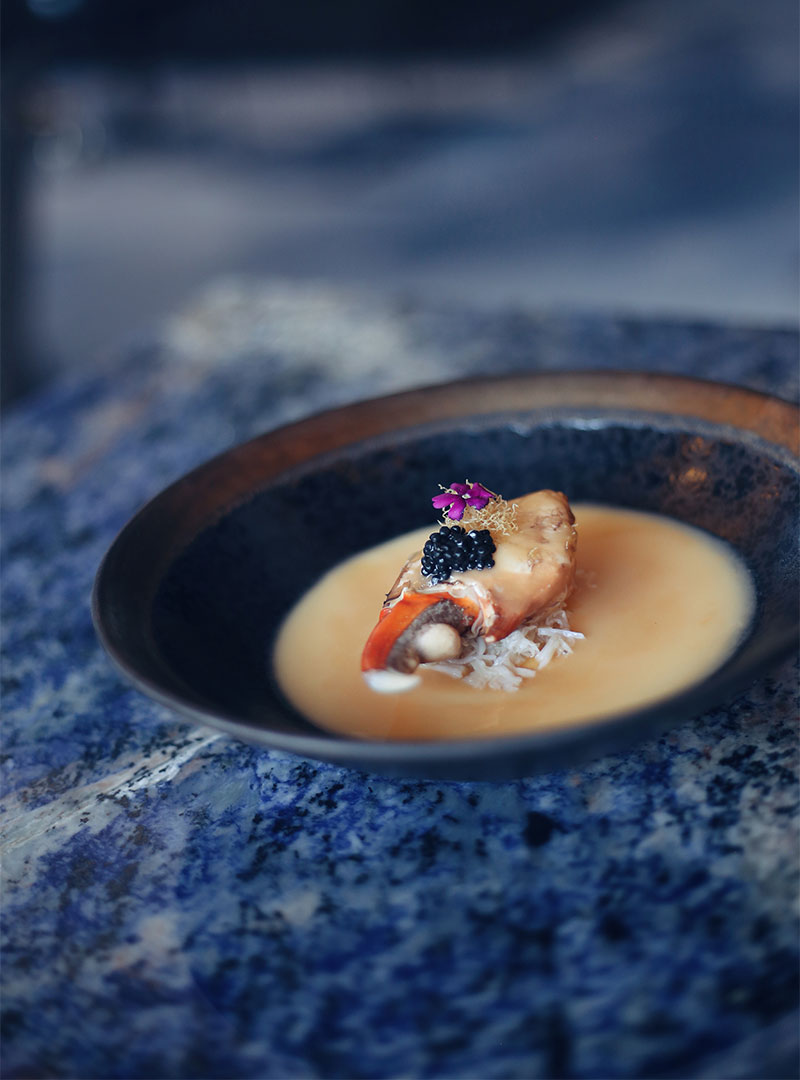
Born into a traditional Chinese-Malaysian family, Chef Chong Kooi Sam grew up adoring his mother’s cooking. This love developed into passion and brought him into his career as a master of Chinese cuisine. After exploring cultures, locations and flavours all around the world, including mainland China, Chef Sam landed in The Langham, Jakarta’s recently opened T’ang Court.
E: Would you tell us about what influenced you to get into cooking in the first place?
A: I love food, and cooking is the very core of my soul. My mum has always been my role model and infused me with inspiration, which became my early boost to start cooking. She makes amazing food and is always so masterful with ingredient utilisation. For me personally, she is a kitchen magician.
E: After a long time in Kuala Lumpur, you decided to move abroad and work in Dubai. Why did you take the job and what can you share with us about the experience?
A: Dubai was my very first time to go abroad, so far away from my hometown. I took this bold step to learn more and find a wider horizon in terms of the F&B industry, and the world in general. Also, I joined an amazing brand. Working with a professional team has always been an honour for me. While it was very challenging trying to get some particular ingredients due to the weather, it was also a very special and unforgettable experience for me.
E: Why did you choose Chinese cuisine as your specialty?
A: Most of my life, I have been intensely exposed to Chinese cuisines. This is also the very basis of my family history with our Chinese-Malaysian roots, which affects the love I have for these cultural foods.
E: For our readers who don’t know the difference, what makes Cantonese cuisine stand out compared to other regions of China?
A: Cantonese cuisine is one of the eight regional cuisines of China. It requires extensive cooking skills, and a strong talent in imitation and innovation. It is common to use a wide variety of ingredients, serving food presented in various ranges of taste, shape and colour.
E: Can you tell us the difference between working in a Chinese kitchen in Southeast Asia, such as Jakarta, Manila, Kuala Lumpur, and working in one in Shanghai or other cities in China?
A: The different cultures, which are very interesting. Shanghai is a very challenging market and city. But for the cuisine, we have plenty of options to choose the ingredients. Shanghai has four seasons, which pushes us to create and work with different ingredients for each one. Southeast Asia is a bit short on ingredient options but we are always working on that. The great thing is that we are so close to the sea. We literally have an ocean of fresh seafood to use, which is also a very important part of Cantonese cuisine.
E: This is not your first time in Jakarta. What made you decide to come back to work here again?
A: I have seen for myself that Jakarta is becoming a new world of its own! This city is full of energy, motivation and opportunity, which is what drove me to continue my journey here.
E: In your own words, can you describe the T’ang Court experience to us?
A: T’ang Court is perfection. I love it. It has a very positive energy and is great motivation for me.
E: We always ask foreign chefs in Jakarta: where is your favourite place to eat in the city and what’s your favourite dish there?
A: I always went to one local warung when I worked here nine years ago. Unfortunately, it is closed now. But there are so many choices to find interesting local restaurants here. They always have amazing sambal. I just love it, I can never get enough.
Steamed Fresh Crab Claw on Egg Custard with Caviar
INGREDIENTS
1 egg
50ml prawn broth
10g chicken granules
5g sugar
3g caviar
1 crab claw
METHOD
Crack the egg in a bowl, beat gently with chopsticks, avoiding making a foam. Add prawn broth and chicken granules and beat gently until dissolved.
Gently pour the egg mixture into a serving cup.
Prepare the steamer, when it is hot, gently place the cup in the steamer. Steam on high heat for one minute, then reduce the heat to the lowest possible setting and steam for 10 minutes.
Steam the crab claw and remove shell.
Put the cooked claw on top of custard, finish with caviar and garnish.
T’ang Court at The Langham, Jakarta




